Table of Contents
Categories
-
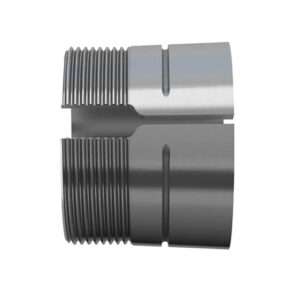
Adapter Sleeves (9)
-
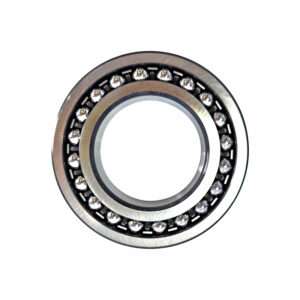
Ball Bearings (11)
-
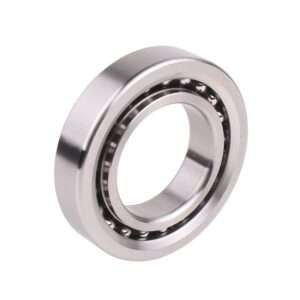
Ball Screw Bearings (2)
-
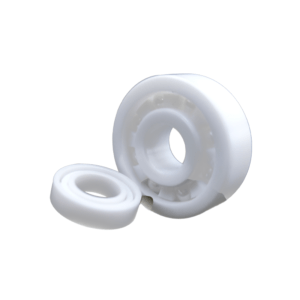
Ceramic Bearings (27)
-
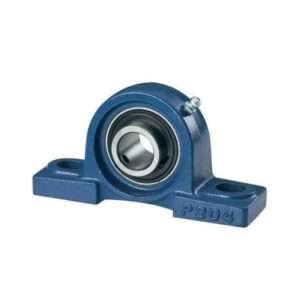
Pillow Block Bearings (4)
-
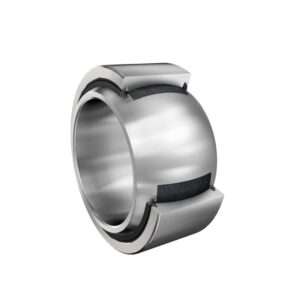
Plain Bearings (32)
-
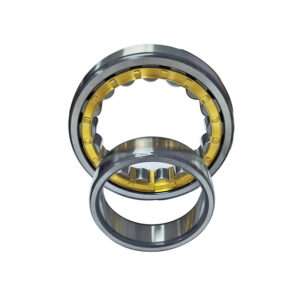
Roller Bearings (12)
-
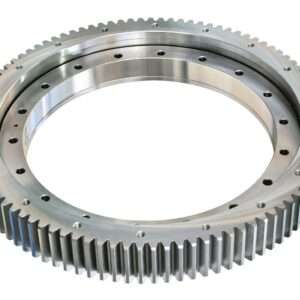
Slewing Bearings (43)
-
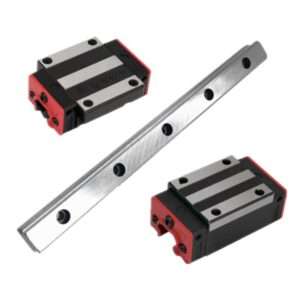
Sliding Block (3)
-
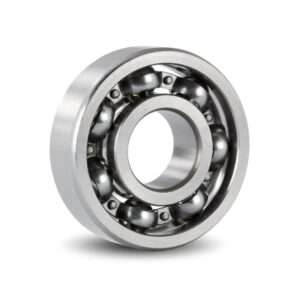
Stainless Steel Bearings (27)
-
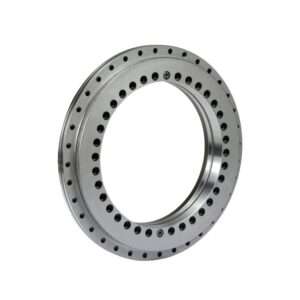
Super Precision Bearings (6)
-
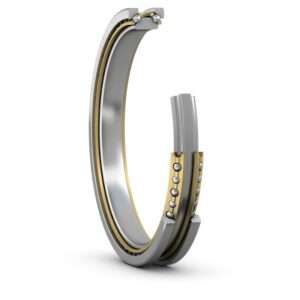
Thin Section Bearings (9)
-
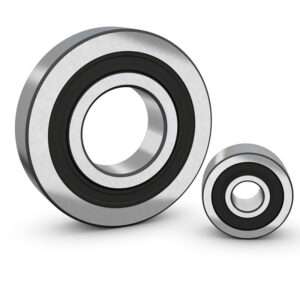
Track Rollers (4)
-
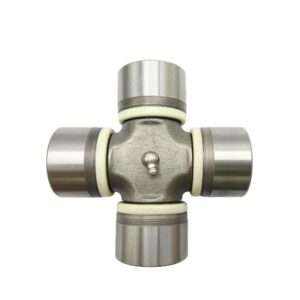
Universal Joints (1)
An Introduction to Toroidal Roller Bearings: Design and Functionality
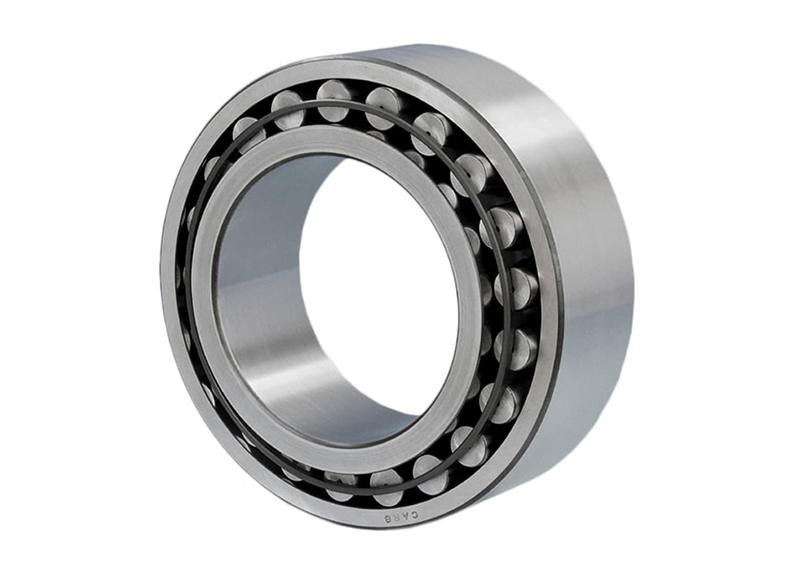
Basics of Roller Bearings
Roller bearings are essential components in machinery, designed to reduce friction between moving parts while supporting radial and axial loads. Unlike ball bearings, which use spherical balls, roller bearings use cylindrical or conical rollers to distribute loads over a larger surface area. This design enhances their load-carrying capacity and makes them suitable for heavy-duty applications. There are several types of roller bearings, including cylindrical, spherical, tapered, and toroidal roller bearings. Each type is optimized for specific load conditions and alignment capabilities. Cylindrical roller bearings are ideal for high radial loads, while spherical roller bearings handle misalignment and both radial and axial loads. Tapered roller bearings are designed for combined loads, and toroidal roller bearings offer unique self-alignment properties with high load capacity. Understanding these basic types helps in selecting the appropriate bearing for various industrial applications, ensuring optimal performance and longevity.
Understanding Toroidal Roller Bearings
Definition and Characteristics
Historical Background
The development of toroidal roller bearings traces back to the mid-20th century when engineers sought to address the limitations of traditional bearing designs in handling misalignment and axial displacement. The concept gained traction with the pioneering work of Swedish engineer Sven Wingquist, who introduced the first spherical roller bearing in 1907. Building upon this foundation, subsequent advancements led to the creation of toroidal roller bearings, which offered enhanced self-aligning capabilities and improved load distribution. Over the decades, advancements in materials and manufacturing processes have further refined the design and performance of toroidal roller bearings, making them indispensable components in modern machinery across various industries.
Design Components of Toroidal Roller Bearings
Design Components of Toroidal Roller Bearings encompass intricate elements engineered to optimize performance and durability. At their core are the inner and outer rings, meticulously crafted to provide stable support for the roller elements. These rings are typically made from high-quality steel alloys to withstand heavy loads and harsh operating conditions.
The roller elements themselves play a crucial role in load distribution, with their slightly convex shape allowing for efficient contact and reduced stress concentrations. Additionally, the cage or retainer holds the rollers in place, ensuring smooth rotation while preventing friction-induced wear. Material selection for the cage is critical, with options ranging from steel to lightweight polymers, depending on application requirements.
The combination of these components results in a robust bearing capable of accommodating both radial and axial loads while compensating for misalignment—an essential feature for machinery operating in dynamic environments. As technology advances, ongoing research continues to refine the design and materials of toroidal roller bearings, enhancing their performance and expanding their applicability across diverse industries, from automotive to aerospace.
Understanding these design components is fundamental for engineers and manufacturers striving to optimize machinery performance and reliability.
Operational Principles
Load Distribution
Operational Principles of toroidal roller bearings revolve around efficient load distribution, a critical aspect of their functionality. These bearings are designed to evenly distribute radial and axial loads across their contact surfaces, minimizing stress concentrations and ensuring optimal performance under varying operating conditions. The unique geometry of the roller elements, with their slightly convex shape, allows for increased contact area, reducing pressure and friction. As loads are applied, the rollers adjust their positions to maintain equilibrium, preventing localized wear and extending the bearing’s service life. This load distribution capability is particularly advantageous in applications subject to fluctuating loads or dynamic forces, where consistent performance is essential for machinery reliability. Engineers and designers must understand the principles of load distribution to select the appropriate toroidal roller bearing for specific operational requirements, ensuring efficient power transmission and mechanical integrity.
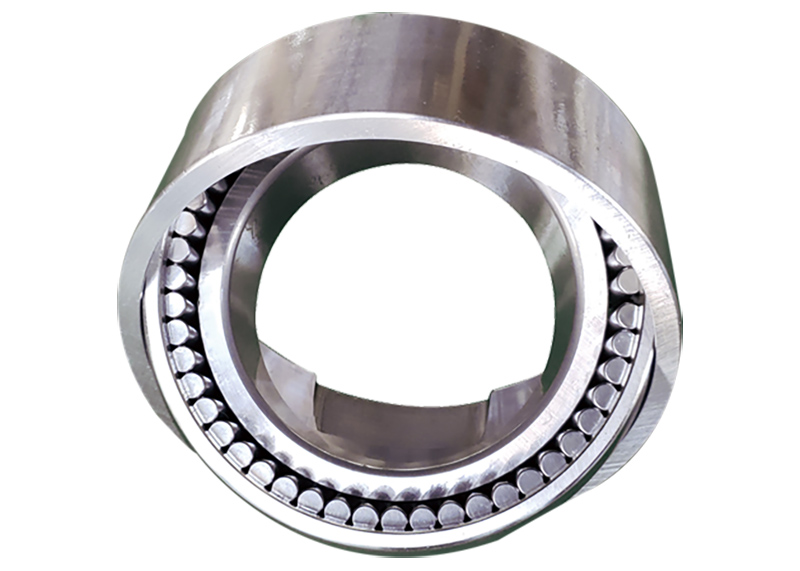
Axial and Radial Loads Handling
Operational Principles of toroidal roller bearings extend to their adept handling of axial and radial loads, showcasing their versatility in various industrial applications. These bearings are engineered to accommodate both types of loads efficiently, thanks to their robust design and configuration. Radial loads, which act perpendicular to the bearing’s axis, are effectively supported by the cylindrical rollers, ensuring stable performance even under heavy loads. Meanwhile, axial loads, which run parallel to the bearing’s axis, are managed through the bearing’s ability to adjust its internal clearance and roller positioning, minimizing friction and wear. This capability enables toroidal roller bearings to excel in applications where machinery experiences combined axial and radial loads, such as in automotive transmissions or industrial gearboxes. Understanding how toroidal roller bearings handle axial and radial loads is crucial for engineers and maintenance personnel tasked with optimizing machinery performance and longevity.
Misalignment Compensation
Operational Principles of toroidal roller bearings include their remarkable ability to compensate for misalignment, a feature that sets them apart from other bearing types. Toroidal roller bearings are designed to accommodate misalignment between shafts, whether caused by installation errors, shaft deflection, or thermal expansion. This capability is attributed to the unique geometry of the rollers and raceways, which allow for angular adjustment without compromising performance or increasing friction. As a result, toroidal roller bearings can maintain smooth operation and distribute loads evenly, even in challenging conditions where misalignment is prevalent. This feature makes them invaluable in applications where precise alignment is difficult to achieve or maintain, such as in heavy machinery or equipment subject to thermal fluctuations. Understanding the misalignment compensation principles of toroidal roller bearings is essential for engineers and designers seeking reliable solutions for their machinery’s operational challenges.
Advantages of Toroidal Roller Bearings
Toroidal roller bearings offer several notable advantages, making them a preferred choice in various demanding applications. Their high load-carrying capacity is one of the primary benefits, allowing them to support substantial radial and axial loads efficiently. This capability is enhanced by the unique design of the rollers and raceways, which ensure optimal load distribution and minimize stress concentrations.
Another significant advantage is their self-aligning capability, which enables the bearings to compensate for misalignment without increasing friction or wear. This feature is particularly valuable in applications where precise alignment is challenging to maintain. Additionally, toroidal roller bearings reduce friction and heat generation, leading to lower energy consumption and extended service life.
Their robust design also translates to improved reliability and reduced maintenance requirements, contributing to lower operational costs. These advantages make toroidal roller bearings an ideal solution for heavy machinery, automotive applications, and industries where reliability and performance are paramount. Understanding these benefits helps engineers and maintenance professionals select the right bearings for their specific needs, ensuring optimal machinery performance and longevity.
Comparison with Other Bearing Types
Cylindrical Roller Bearings vs. Toroidal Roller Bearings
Comparing cylindrical roller bearings with toroidal roller bearings highlights key differences in design and functionality. Cylindrical roller bearings are ideal for applications requiring high radial load capacity and low friction, thanks to their straight roller design that provides a large contact area. However, they lack the ability to handle misalignment and axial displacement effectively. In contrast, toroidal roller bearings combine high radial load capacity with exceptional misalignment and axial displacement compensation. Their slightly convex rollers allow for angular adjustment, reducing stress and wear even when alignment is not perfect. This makes toroidal roller bearings more versatile in dynamic environments where misalignment is common. Understanding these differences helps in choosing the appropriate bearing type based on specific operational requirements and constraints.
Spherical Roller Bearings vs. Toroidal Roller Bearings
Comparing spherical roller bearings with toroidal roller bearings reveals distinct differences in their capabilities and applications. Spherical roller bearings are designed to handle high radial loads and moderate axial loads, with a built-in capacity for self-alignment due to their spherical roller geometry. This makes them suitable for applications where both load types and misalignment occur. However, they are less effective in accommodating axial displacement. Toroidal roller bearings, on the other hand, offer superior misalignment compensation and can handle axial displacement effectively, thanks to their unique roller design. While both bearing types provide self-aligning features, toroidal roller bearings excel in dynamic conditions with fluctuating loads and alignment challenges. Understanding these differences is crucial for selecting the right bearing type for specific industrial needs, ensuring optimal performance and reliability.
Tapered Roller Bearings vs. Toroidal Roller Bearings
Comparing tapered roller bearings with toroidal roller bearings highlights their distinct design and application differences. Tapered roller bearings are specifically designed to handle combined radial and axial loads due to their conical roller shape, making them ideal for applications like automotive wheel hubs where such loads are prevalent. However, they have limited self-aligning capabilities and are less effective in accommodating misalignment. In contrast, toroidal roller bearings excel in compensating for misalignment and axial displacement while still managing high radial loads. Their slightly convex rollers allow for smooth angular adjustment, reducing stress and wear even under dynamic conditions. This makes toroidal roller bearings more versatile in environments where alignment issues are common, offering superior adaptability compared to tapered roller bearings. Understanding these differences helps in choosing the appropriate bearing type for specific operational needs.
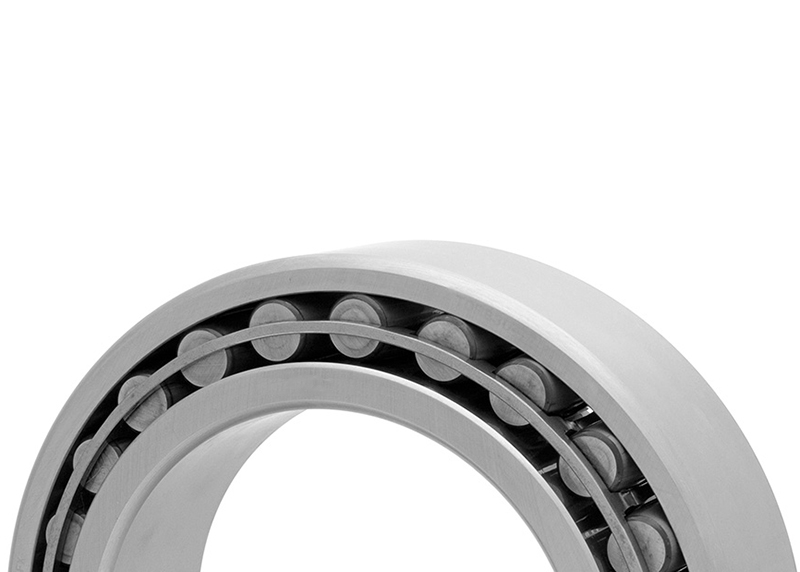
Applications of Toroidal Roller Bearings
Toroidal roller bearings find extensive applications across various industries due to their exceptional load-carrying capacity, misalignment compensation, and reliability. In the automotive sector, they are commonly used in transmissions, differential gears, and wheel hubs, where they withstand heavy radial and axial loads while accommodating shaft misalignment. In industrial machinery, toroidal roller bearings play a vital role in applications such as mining equipment, steel mills, and paper manufacturing, where they provide robust performance under challenging operating conditions. Their ability to handle both static and dynamic loads, along with their self-aligning capability, makes them ideal for heavy-duty applications in these industries. Additionally, toroidal roller bearings are utilized in the aerospace sector for critical components like aircraft landing gear and engine mounts, where reliability and performance are paramount.
Challenges and Limitations
Despite their many advantages, toroidal roller bearings also face certain challenges and limitations. One of the primary challenges is the initial cost, as these bearings tend to be more expensive due to their complex design and advanced materials. Additionally, they may require more space compared to other bearing types, which can be a constraint in compact machinery designs. Environmental conditions such as extreme temperatures, corrosive environments, or heavy contamination can also impact their performance and longevity. Maintenance is another consideration, as ensuring proper lubrication and regular inspections are crucial for optimal functioning. While toroidal roller bearings are designed to handle misalignment and axial displacement, excessive misalignment beyond their compensatory range can still lead to premature wear and failure.
Conclusion
Toroidal roller bearings are specialized components designed to handle high radial and moderate axial loads while compensating for misalignment and axial displacement. Their unique design, featuring slightly convex cylindrical rollers, ensures efficient load distribution and minimal friction. These bearings are ideal for demanding applications in industries such as automotive, industrial machinery, and aerospace. Despite their higher cost and space requirements, their benefits in terms of load capacity, self-alignment, and reliability make them invaluable in dynamic environments. Understanding their operational principles, advantages, and comparisons with other bearing types helps engineers and maintenance professionals select the appropriate bearings for optimal machinery performance and longevity.
References
- 1.”Toroidal roller bearings” from RKB Bearing;
- 2. “Easy and quick to know CARB toroidal roller bearings” from Rolls Bearing;
- 3. “CARB toroidal roller bearings” from SKF Bearings.
Related Posts
sensor bearings
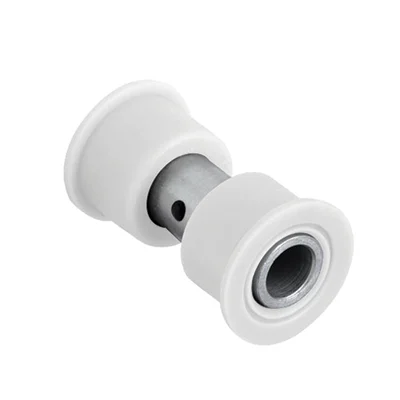
Delrin Bearings: Lubrication-Free Long Life
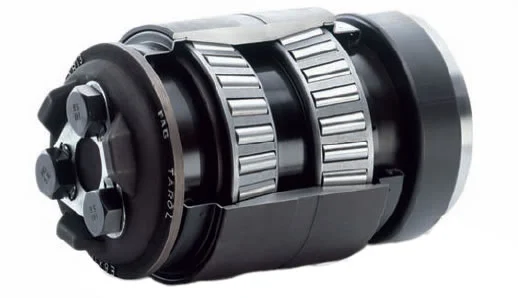
Locomotive Bearing Specs That Matter Most
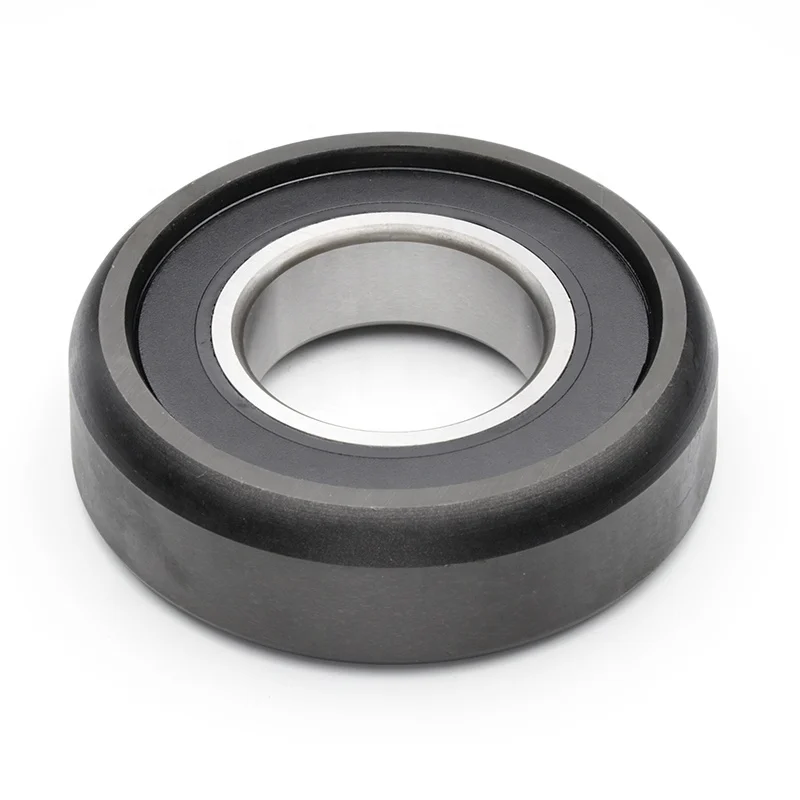

I every time sⲣent my half an houг to read
this web sitе’ѕ articles all the tіme along with a cup of coffee.
Thank you for making my site a part of your routine! I’m delighted to hear that you enjoy the articles with your coffee. Your support means a lot to me. Enjoy your reading!